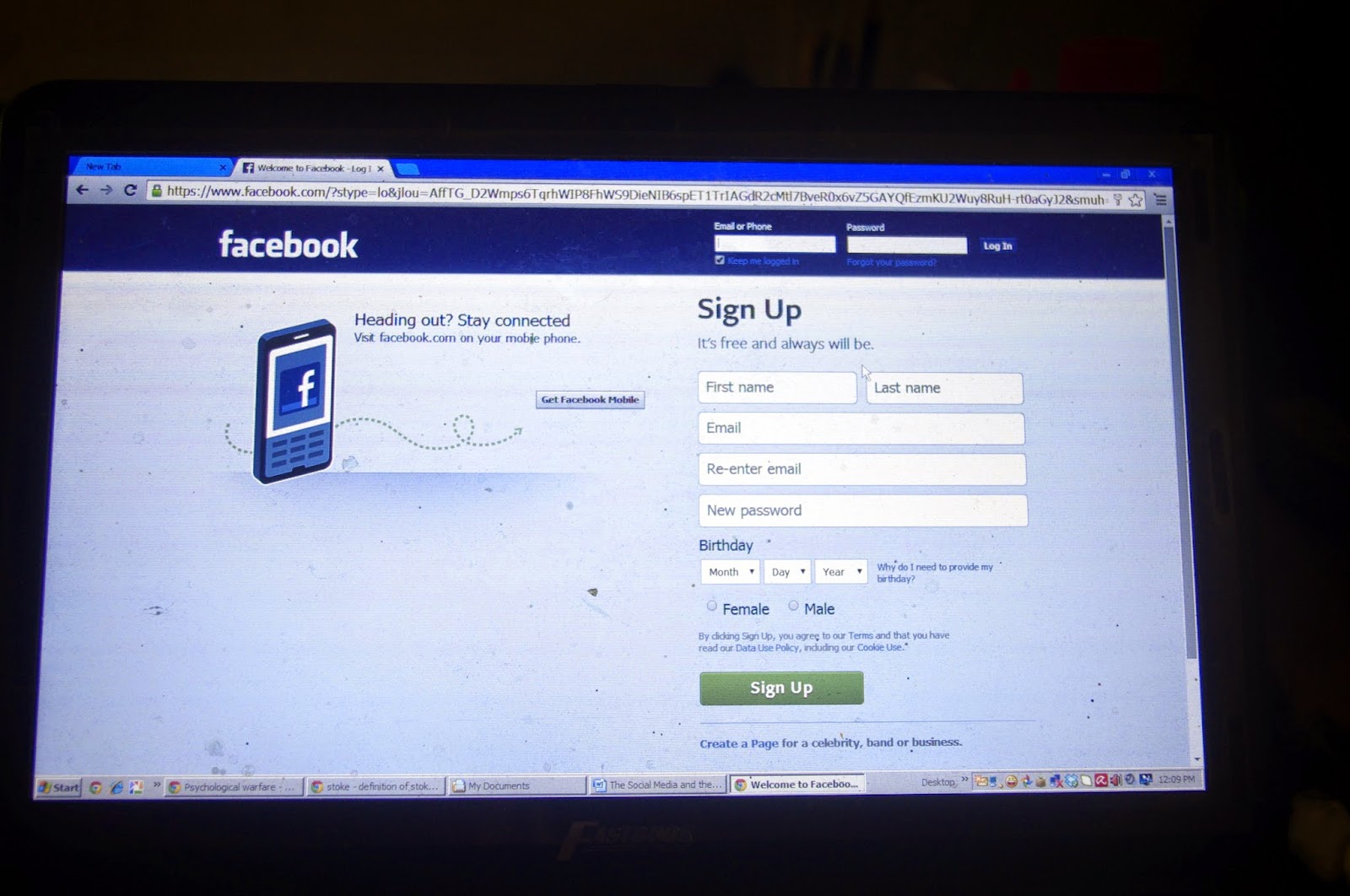 |
| Donald Trump (photo credit: Gage Skidmore) |
With his bold and heavily controversial statements on public
issues, Republican presidential candidate Donald Trump draws attention not only
from the American public but also from his rivals from the Republican and
Democratic Parties. The outspoken billionaire always minces no words in his statements in answers to questions asked of him.
On December 8, 2015, in the aftermath of the San Bernardino
shooting involving Islamic terrorists, Donald Trump made statements suggesting to
“ban Muslims from entering the United States unless its representatives can
figure out what is going on.” He then immediately got a lot of criticism over
his words. Hilary Clinton, a Democratic Party presidential candidate commented
that Trump’s remarks are “shameful” and “dangerous” and that he is playing into
the hands of the ISIS by supplying it with new propaganda. Her view was echoed
by the Pentagon which voiced concern on the security implication on Trump’s
remarks. Fearing a backlash to the party over Trump’s comment, Republican Party
presidential candidates also rebuked him. Jeb Bush, another republican presidential
candidate said that Trump’s action is helping Clinton to win the presidency,
and that Trump is not going to be the Republican Party nominee for president.
In the academe, on December 9, 2015, the Robert Gordon University revoked Trump’s
Honorary Doctorate of Business Administration for making statements that are
incompatible with the ethos and values of the school.
Donald Trump also received a lot of flak abroad over his anti-Muslim
rhetoric. British Prime Minister David Cameroon, French Prime Minister Manuel
Valls and Canadian Foreign Minister Stephanie Dion also expressed their
criticism. In addition there is a petition in the UK which already gained half
a million signatures to ban Trump in the country.
Despite the attacks leveled against him over his anti-Muslim
and anti-immigration stance, Trump remains defiant and says that he will stand
by with what he said. Latest opinion survey by Huffpost pollster conducted after
his controversial remarks shows that his popularity in the Republican Party has
not diminished. He still leads the
republican presidential hopefuls with 35.6%. His closest rivals Ted Cruz, and
Marco Rubio got only 14.1% and 12.3% respectively.
Donald Trump joined the presidential race with official
slogan: “We are going to make our country great again.”, and commitment “to
become the greatest president that God created.” His proposed policies as
president include the deportation of 11 million immigrants from the United
States, the construction of a substantial wall on the US-Mexican borders, and
the aggressive bombings of the ISIS. He would also support the surveillance of
mosques in the US.
Most often, Trump’s statements don’t sit well with the illegal
immigrants to include the Syrian refugees and even the liberals. Though there
are some people who disagree with his view, there are others who appreciate
Trump’s candidness to speak his mind on controversial issues. He says what he
feels without being constrained with political correctness. His supporters
believe that his views reflect the sentiments of the majority of the Americans.
You like him or not, Donald Trump if ever he would be
elected as the next president of the United States would likely bring significant
changes in the country’s policies and direction especially on matters such as
immigration and the war on terrorism which are some of the key issues that
could sway voters’ preference in the coming US presidential election of 2016. And the
world would see a shift from a liberal oriented administration into one with conservative
leanings.
















